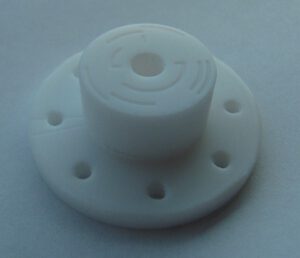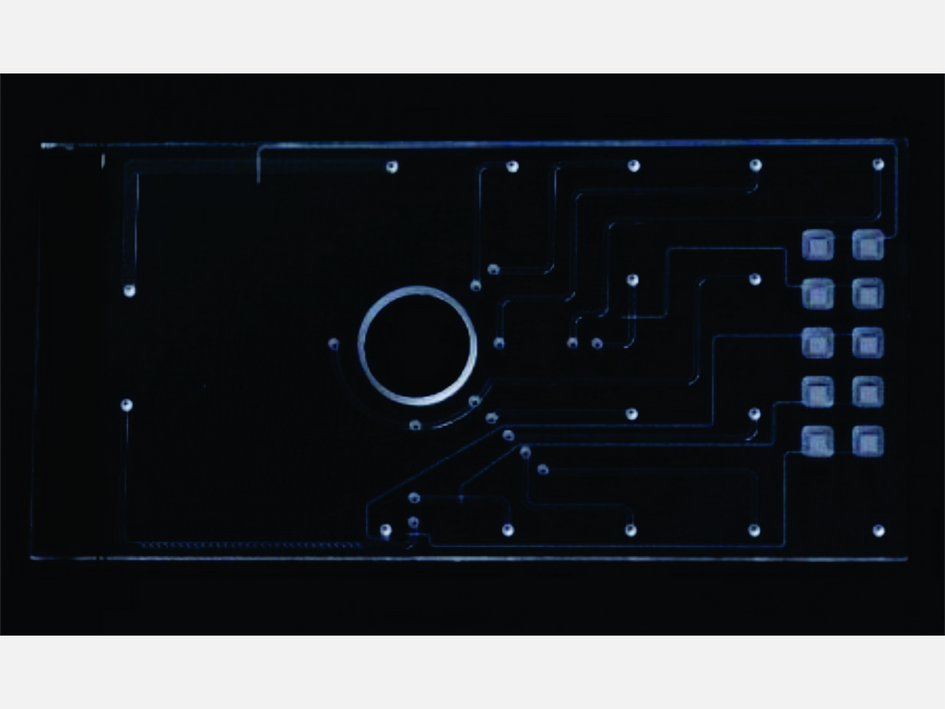MEMS based rotary valve for fluidic handling system
Microfluidic systems are very often dedicated to one measurement and driven by a fixed fluidic setting. Creating a flexible fully reconfigurable fluidic handling system implies the introduction of bulky fluidic components to manipulate the fluids, creating larger systems with dead volume. The fully integrated fluidic rotary valve developed by LioniX International enables a fully flexible reconfigurable MEMS microfluidic system.
Rotary valve
Rotary valves are commonly used in analytical techniques such as liquid chromatography and biosensing. The commercially available rotary valves are relatively big and expensive. Utilization of these valves increases the bulkiness of the system while the associated tubing may introduce a relatively large dead volume. In order to realize a far more compact system, a hybrid fabrication approach was followed for delivering an integrated MEMS based rotary valve, which in principle can replace a whole set of standard multiport rotary valves.
The MEMS based rotary valve consists of a liquid handling chip (stator) and a Teflon part (rotator). The liquid handling chip was made from Borofloat and fabricated by application of several photolithography steps in combination with processing steps such as wet etching, powderblasting, and gold layer deposition.

The rotary valve shows minimal leakage of <10mbar/min at 2500 mbar over pressure. The normal operating pressure is well below 100 mbar.
- Fully reconfigurable
- Automated fluidic handling
- Low leakage
- No carry over between consecutively used liquids
- Rapid sample introduction
- No plug dispersion due to low dead volume



